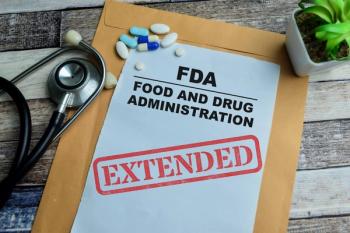
Protective eye gear essential for modern soldier
Preventing ocular injuries during war by using protective devices may reduce the incidence of these injuries, which currently hold the number four slot for highest incidence after amputation, traumatic brain injury, and post-traumatic stress disorder.
Key Points
The meeting was sponsored by Johns Hopkins University School of Medicine, Baltimore, and Ophthalmology Times.
"What we learned about eye injuries was not just learned from the current war in Iraq but from several previous wars," said Dr. Ward, a private practitioner in West Hartford, CT, and former ophthalmology consultant to the U.S. Army's surgeon general. The percentage of ocular wounds received on the battlefield has increased steadily over the past century, from less than 1% during the Civil War to about 13% in the early phase of the war in Iraq, he added.
The eyes are so vulnerable, he explained, because they are preferentially exposed during combat, whereas the rest of the body, except for the limbs, is protected with armor.
In addition, the types of munitions used have changed over the past century. During the Civil War, if a soldier was hit by a cannonball or minnie ball, he likely would die, and ocular injuries were not an issue. Modern weapons, however, generate numerous fragments when they explode. "Modern hand grenades, for example, fragment into about 2,000 individual projectiles, and the eye is exceptionally vulnerable to small fragments," Dr. Ward said.
Other lessons:
Finally, because of the nature of modern weaponry, ocular injuries often are bilateral. More than half of all eye injuries (57%) are caused by improvised explosive devices (IEDs). The remaining injuries were caused by rocket-propelled grenades, gunshot wounds, mortar and shrapnel, land mines, and other causes.
Newsletter
Don’t miss out—get Ophthalmology Times updates on the latest clinical advancements and expert interviews, straight to your inbox.









































